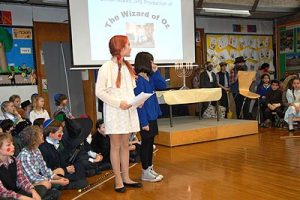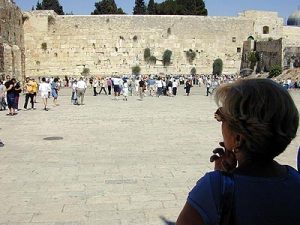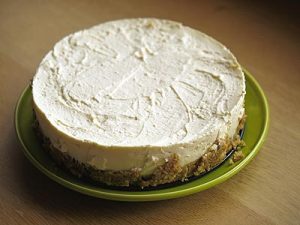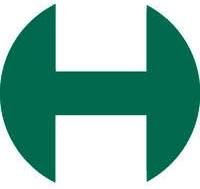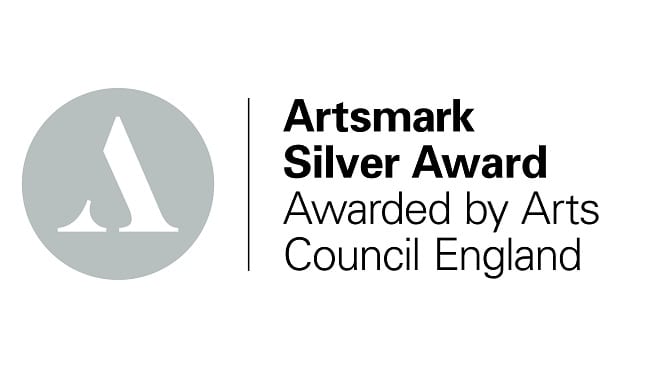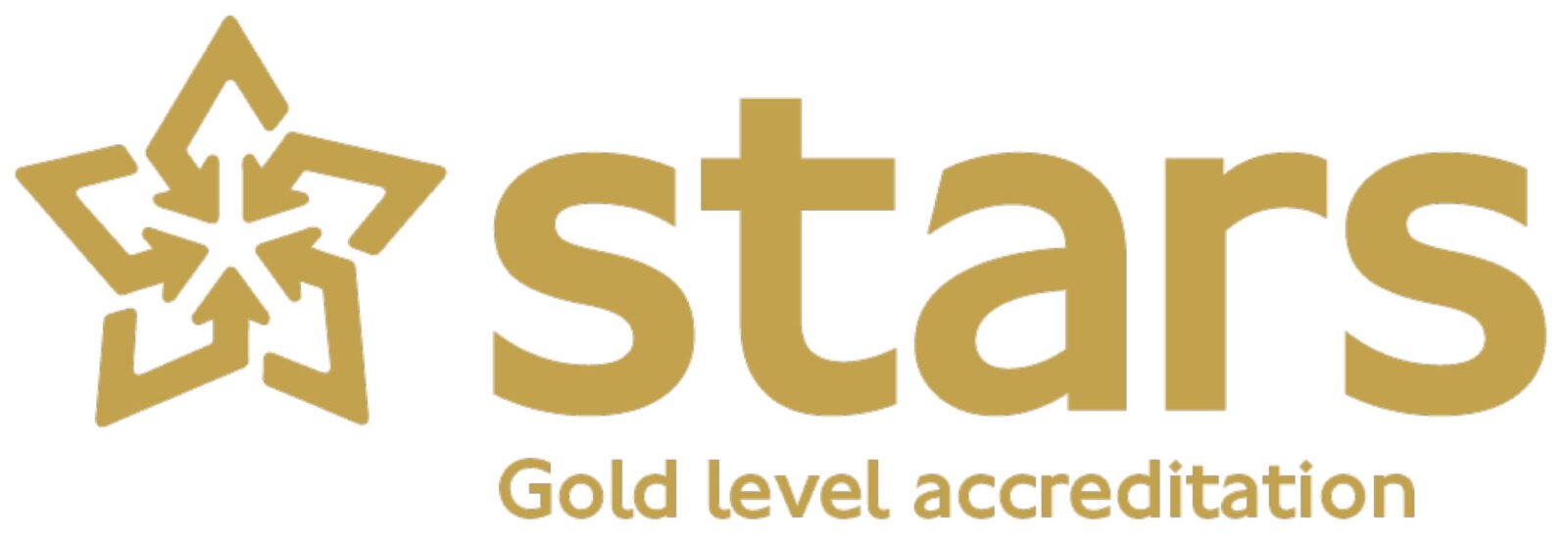Click a heading below to learn about our festivals and holy days:
Rosh Hashanah and Yom Kippur – New Year and the Day of Atonement. These days are known collectively as ‘the days of awe’ or more commonly ‘the high holy days’. They are days set aside for reflection and self-improvement.
This is the day when G-d judges the world. It is celebrated as the anniversary of the creation. It is a serious time when we ask G-d to ‘inscribe us in the book of life’. Rosh Hashanah lasts for two days and the services in the synagogue are longer than an ordinary Shabbat. Practising Jewish people do not work on these days. Many people, including some who do not attend synagogue regularly, make an effort to go on these holy days.

On this day there is a 25 hour fast where no food or drink is permitted to males over 13 or females of 12 years and over. The entire day is spent in the synagogue in prayer, asking G-d for forgiveness for any wrong we may have done over the last year. This day is probably the most observed in the entire Hebrew calendar.
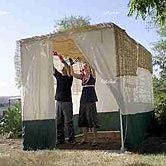
The festival takes place five days after Yom Kippur. The Bible tells us to live in temporary huts as a reminder of the Israelites’ travels from Egypt to Israel through the desert. The festival lasts for seven days and is seen as a period of great joy. If school days fall during the festival the children will experience the Sukkah and the Arba’ah Minim (four Species)
In Israel this is one long festival. Shemini Atzeret is when the Jewish people pray for rain in the Land of Israel. On Simchat Torah we are commanded to be joyful, spending the day dancing and singing. This celebrates the conclusion of the reading of the Five Books of Moses.
This festival lasts eight days and celebrates the rededication of the Holy Temple in Jerusalem by the Macabees. This occurred subsequent to the defeat of the Ancient Assyrian-Greeks who tried to impose their culture and way of life on the Jewish people. The festival is celebrated by lighting an eight-branched candelabrum called a Chanukia. We kindle one new light each day, to remember that when the Temple was rededicated the Priests could only find enough oil for one day, yet a miracle occurred and the oil lasted for eight days. It is customary to eat oily foods such as doughnuts and latkes. At this time of year the children put on performances for the parents. Nursery, Key Stage 1 and Key Stage 2 pupils have the opportunity to showcase their musical and dramatic talents.
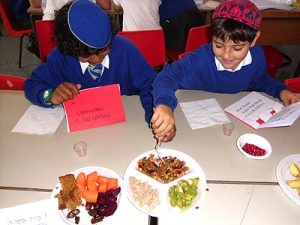
This festival celebrates the new year for trees in the Land of Israel. It is customary to eat 15 different types of fruit as the festival is celebrated on the 15th of Shevat. In school the younger children have activities in their classrooms and the older children participate in a Tu B’Shevat Seder (a fruit meal).
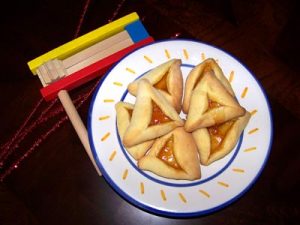
This is a very happy festival and commemorates the miracle of the Jewish survival in Persia. The story is told of Haman, an evil Prime Minister to the king, who drew ‘lots’ – ‘purim’ in Hebrew – to determine on which date the Jews should be exterminated. He offered the king an extortionate amount of money to carry out his dastardly plan. But he was thwarted by Mordechai (our hero) and his niece Esther (our heroine). Esther married the king and was able to expose the truth about Haman. Jews celebrate the miracle of survival by reading Megillat Esther (the scroll of Esther), eating plenty of food and sending gifts to our friends and the poor. It is customary on hearing Haman’s name to make loud noises, as if honouring the command to drown out the name forevermore. In school we have lots of fun. Everyone comes in fancy dress, plays games and generally lets their hair down. What’s more, children exchange gifts organised by the school.
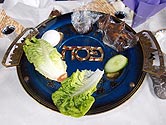
This festival commemorates and celebrates the exodus of the Jewish people from slavery in Egypt 3,500 years ago. We have a Seder where special and varied foods are eaten and four cups of wine (or grape juice) are drunk. We eat matzah, marror, charoset, a green vegetable and a hard-boiled egg dipped in salt water. The children demonstrate the celebration of the Seder at Nursery, KS1 and KS2 for their parents and these events are a highlight of the school year.
From the second night of Pesach until Shavuot we count the Omer. This reminds us of the Barley Offering which was brought when the Temple stood in Jerusalem. This is also the time when the students of the famous Rabbi Akiva died, partly as a result of not treating each other with respect. We count the Omer every day as part of our morning prayers.
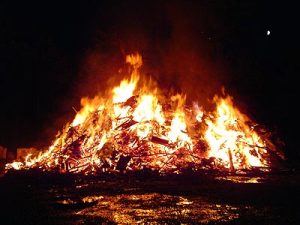
It is related that on this day the death of Rabbi Akiva’s students came to a stop. It is a happy occasion and in Israel the day is celebrated in various ways, includling outings and bonfires. At Simon Marks we reflect that tradition by holding a barbecue instead of the usual school lunch.
This festival marks the gift by G-d of the Torah to the Jewish people. Moses ascended Mount Sinai for a forty-day period. Whilst there, God gave him the Ten Commandments. It is customary to eat dairy foods – including cheesecake – and to decorate the synagogue with flowers and plants. Our children make foods incorporating dairy ingredients.



